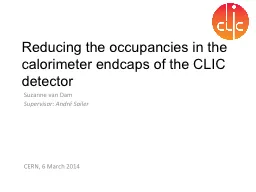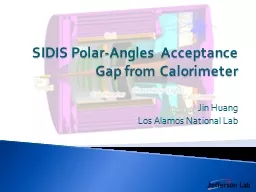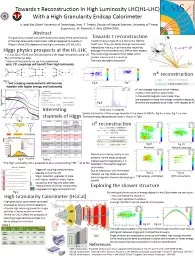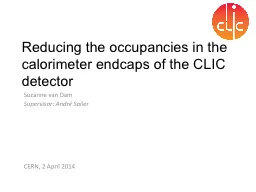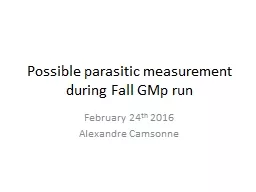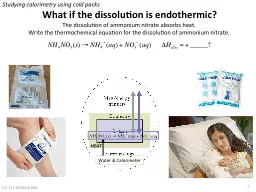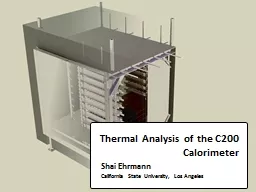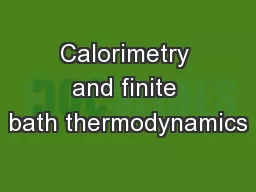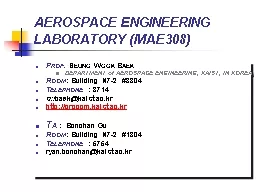PPT-Reducing the occupancies in the calorimeter
Author : faustina-dinatale | Published Date : 2016-06-08
endcaps of the CLIC detector Suzanne van Dam Supervisor André Sailer CERN 6 March 2014 Introduction Beambeam interactions Background incoherent pairs Scatter
Presentation Embed Code
Download Presentation
Download Presentation The PPT/PDF document "Reducing the occupancies in the calorime..." is the property of its rightful owner. Permission is granted to download and print the materials on this website for personal, non-commercial use only, and to display it on your personal computer provided you do not modify the materials and that you retain all copyright notices contained in the materials. By downloading content from our website, you accept the terms of this agreement.
Reducing the occupancies in the calorimeter: Transcript
Download Rules Of Document
"Reducing the occupancies in the calorimeter"The content belongs to its owner. You may download and print it for personal use, without modification, and keep all copyright notices. By downloading, you agree to these terms.
Related Documents

